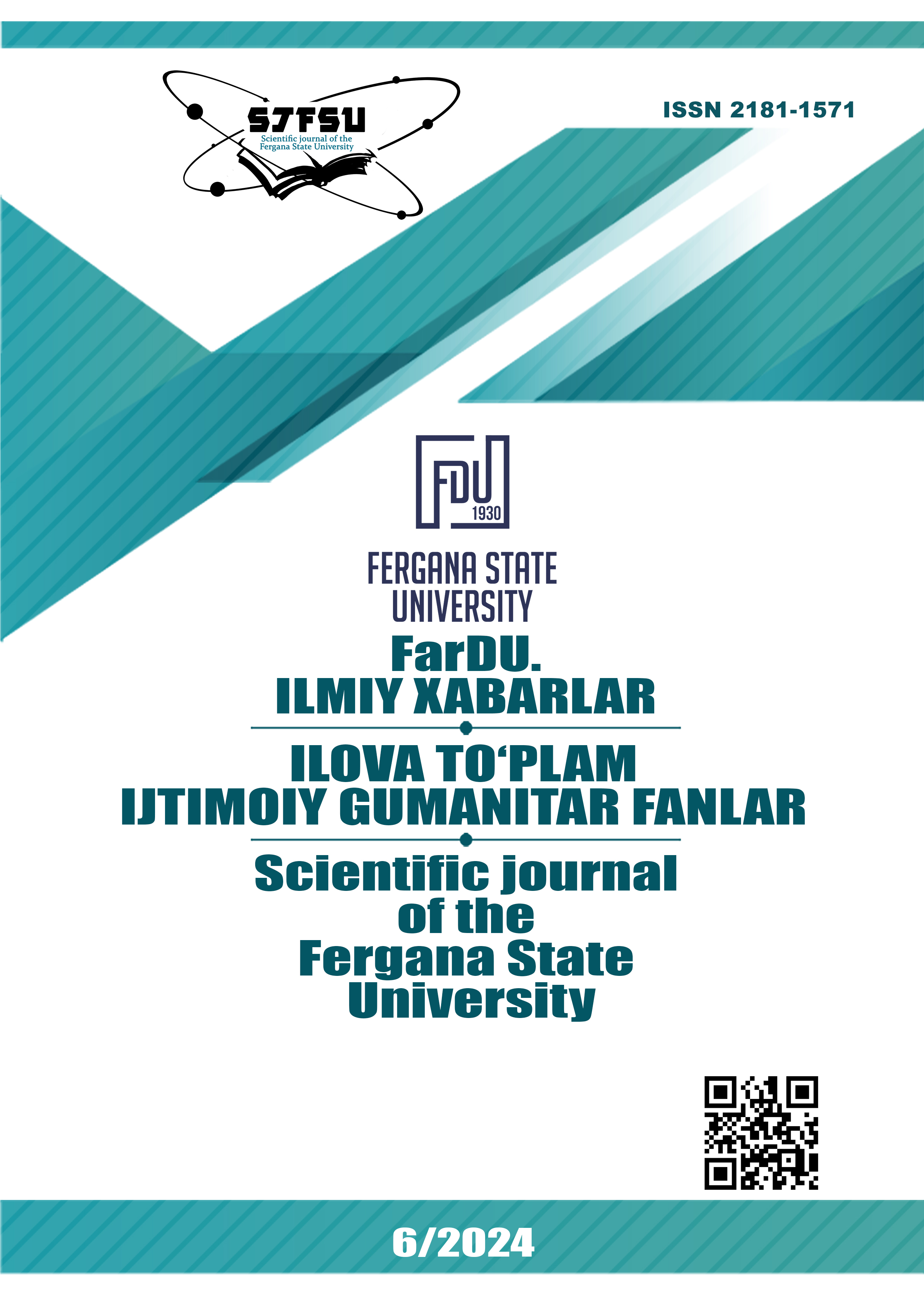LINGUISTIC ANALYSIS OF METAPHORS IN TOLKIEN’S NOVELS
Keywords:
metaphor analysis, cognitive linguistics, mythopoeia, conceptual metaphors.Abstract
J.R.R. Tolkien's works, particularly The Lord of the Rings and The Silmarillion, are rich in metaphorical language that defines the mythopoeic characteristics of the world. This study describes metaphors in Tolkien's novels based on linguistic analysis. The research identifies recurring conceptual metaphors such as "LIGHT – GOODNESS," "DARKNESS – EVIL," and "NATURE AS A LIVING BEING," highlighting their role in shaping the themes and philosophical framework of the works. The findings reveal the uniqueness, types, and thematic significance of these metaphors, supported by visual data such as diagrams and graphs. The conclusions demonstrate that Tolkien employs complex metaphors to deeply engage the reader with the
References
Lakoff, G., & Johnson, M. (1980). Metaphors we live by. University of Chicago Press.
Shippey, T. (2001). J.R.R. Tolkien: Author of the century. HarperCollins.
Flieger, V. (2002). Splintered light: Logos and language in Tolkien's world. Kent State University Press.
Dickerson, M., & Evans, J. (2006). Ents, elves, and Eriador: The environmental vision of J.R.R. Tolkien. University Press of Kentucky.
Smith, A. (2015). The cognitive linguistics of Middle-earth. Oxford University Press.
Eco, U. (1986). The name of the rose. Harcourt.
Brown, K. (2018). Myth and metaphor in The Silmarillion. Journal of Fantasy Studies, 3(2), 45–62.
Tolkien, J.R.R. (1954). The Lord of the Rings. George Allen & Unwin.
Downloads
Published
Issue
Section
License
Copyright (c) 2025 Scientific journal of the Fergana State University

This work is licensed under a Creative Commons Attribution-NonCommercial-NoDerivatives 4.0 International License.
Most read articles by the same author(s)
- Qosimov Abdulxay Axadali o‘g‘li, A LINGUO-CULTURAL APPROACH TO METAPHOR CLASSIFICATION: UNVEILING CULTURAL CONCEPTS THROUGH FIGURATIVE LANGUAGE , Scientific journal of the Fergana State University: No. 3 (2024): Scientific journal of the Fergana State University. Application set (Social humanities sciences)
- Qosimov Abdulxay Axadali o‘g‘li, LINGUO-PRAGMATIC TYPOLOGY OF METAPHORS: THE INTERSECTION OF LANGUAGE AND PRAGMATICS , Scientific journal of the Fergana State University: No. 3 (2024): Scientific journal of the Fergana State University. Application set (Social humanities sciences)
- Qosimov Abdulxay Axadali o‘g‘li, THE ROLE OF MYTHONYMS IN TOLKIEN’S WORKS AND THEIR LINGUISTIC ANALYSIS , Scientific journal of the Fergana State University: No. 6 (2024): Scientific journal of the Fergana State University ADDITIONAL COLLECTION (Social humanities sciences)

